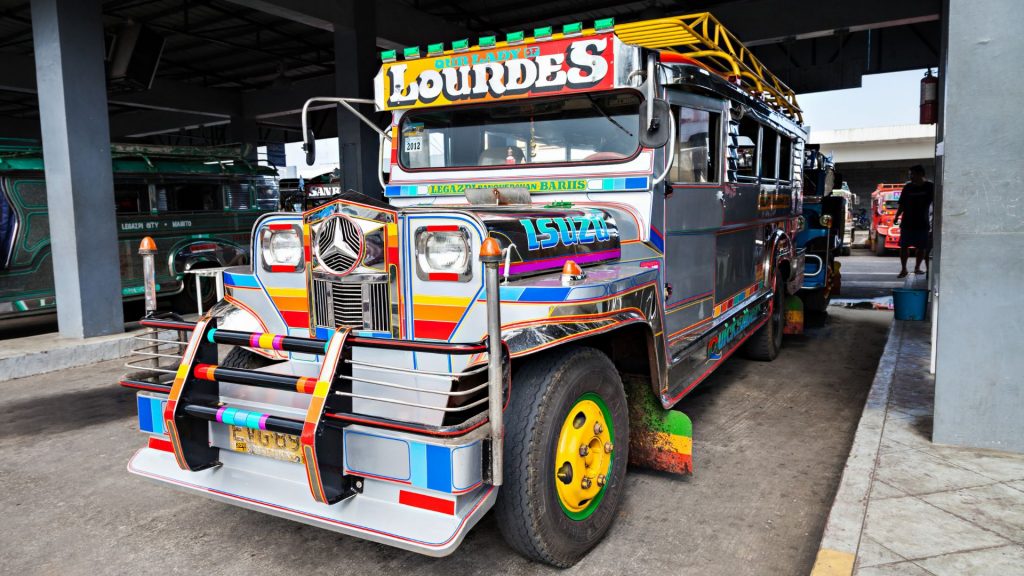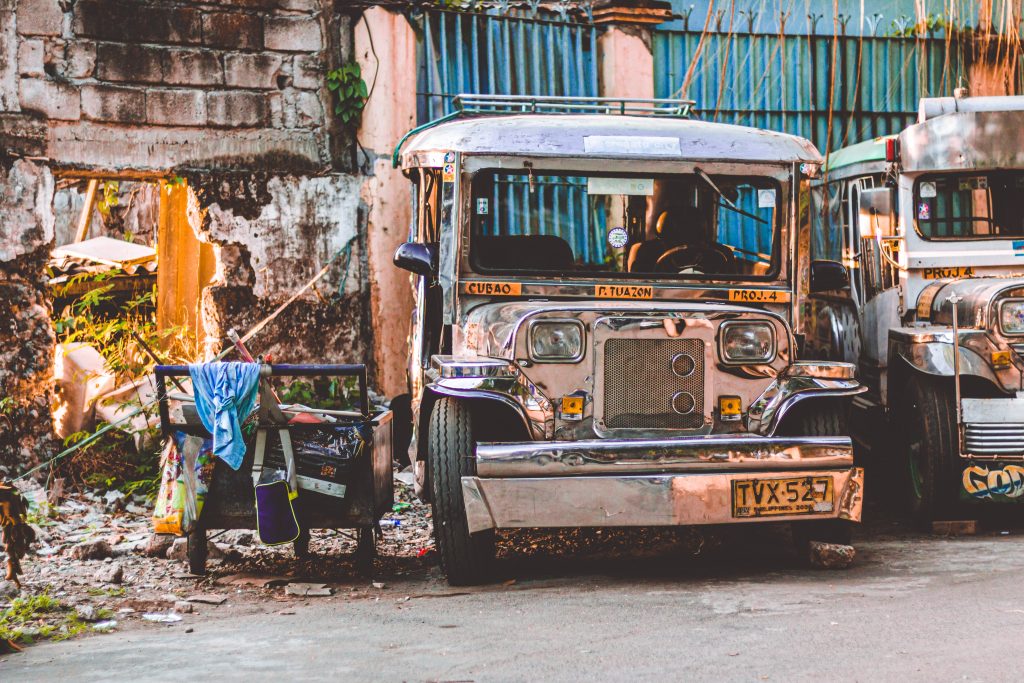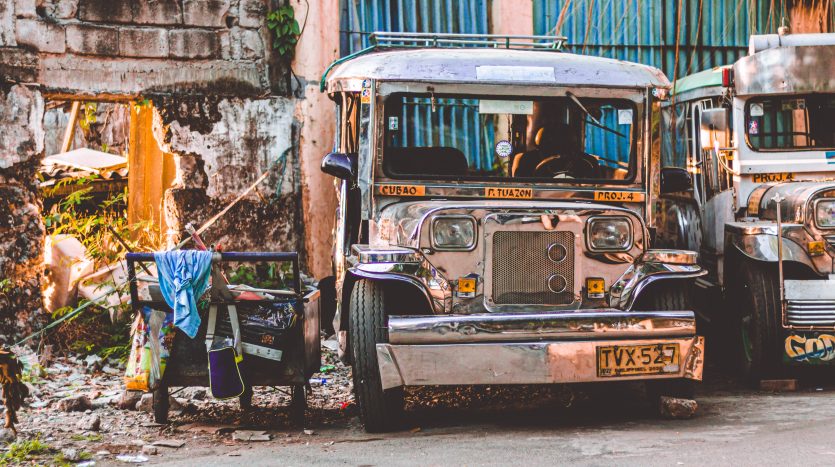The Future of Jeepney Modernization in the Philippines: Impacts, Challenges, and Opportunities
Jeepneys have been an iconic mode of public transportation in the Philippines for decades. They provide affordable and convenient transportation to millions of commuters. However, the traditional jeepney has long been criticized for its outdated and unsafe design. Another one of the biggest issues with it, is its contribution to air pollution. In response to these concerns, the Philippine government has launched a modernization program. It aims to replace traditional jeepneys with more eco-friendly and efficient models. However; there are a lot of concerns with the Program. Read up to discover more.
RELATED: 8 Ways to Supplement Your Salary
The Jeepney Modernization Program

The Jeepney Modernization Program (JMP) was first introduced by the Department of Transportation in 2017, with the aim of replacing the traditional jeepneys with safer, more efficient, and eco-friendly vehicles. The program requires jeepney operators to replace their old units with new ones that meet the government’s standards on emissions, safety features, and accessibility. The government offers financial assistance to operators through loans and subsidies and aims to complete the modernization of all jeepneys, initially by 2020.
Impacts of the Jeepney Modernization Program

The JMP has generated both positive and negative impacts on the transportation industry and the society. On the positive side, the program aims to improve the quality of public transportation by replacing the old and outdated jeepneys with modern, safer, and more efficient models. The new vehicles are equipped with modern features such as air-conditioning, GPS tracking, and automated fare collection, making commuting more convenient for passengers. Moreover, the new vehicles are expected to reduce air pollution, as they are designed to meet the government’s emission standards.
However, the program also poses several challenges to jeepney operators and drivers. One of the biggest challenges is the cost of acquiring the new vehicles. The cost of the new jeepneys is higher than the traditional ones. Because of this, many operators are finding it difficult to secure the necessary funding. Moreover, the new vehicles require maintenance and repair costs that are higher than the traditional jeepneys. This has led to concerns that the program could put many small operators out of business. Which in turn, can lead to job losses and reduced services for commuters.
Challenges of Jeepney Modernization

Another challenge of the JMP is the lack of infrastructure to support the new vehicles. Many jeepney routes do not have designated loading and unloading bays, making it difficult for the new vehicles to operate efficiently. Moreover, the new vehicles are wider and longer than traditional jeepneys, and some roads may not be able to accommodate them. This could lead to traffic congestion and accidents.
In addition, the program has faced opposition from jeepney drivers and operators, who argue that the modernization program would lead to the loss of jobs and the displacement of many small operators. They argue that the government should instead provide support to upgrade the traditional jeepneys, rather than replacing them entirely. The cost of the modernized jeepney, even subsidized, is still out of reach to majority of drivers and operators. It would take majority of their income to pay off the loan, leaving little to cater to their needs.
Opportunities for the Future

Despite the challenges posed by the Jeepney Modernization Program, it also presents several opportunities for the transportation industry and the society. The program could lead to the development of a more sustainable and efficient transportation system. It will also reduce pollution and increased safety for commuters. Moreover, the program could create opportunities for new businesses and industries. Manufacturing and maintenance of the new jeepneys will create more job opportunities.
Jeepney modernization is a complex issue that involves balancing the needs of the transportation industry, the environment, and the society. While the Jeepney Modernization Program presents opportunities for a more sustainable and efficient transportation system, it also poses challenges for jeepney operators and drivers. It is important for the government and the industry stakeholders to work together. This will ensure that the program is implemented in a way that benefits everyone. In this kind of major change, both parties must compromise and work for the most optimum choice.
READ MORE: Golden Haven Memorial Park News and Update

















